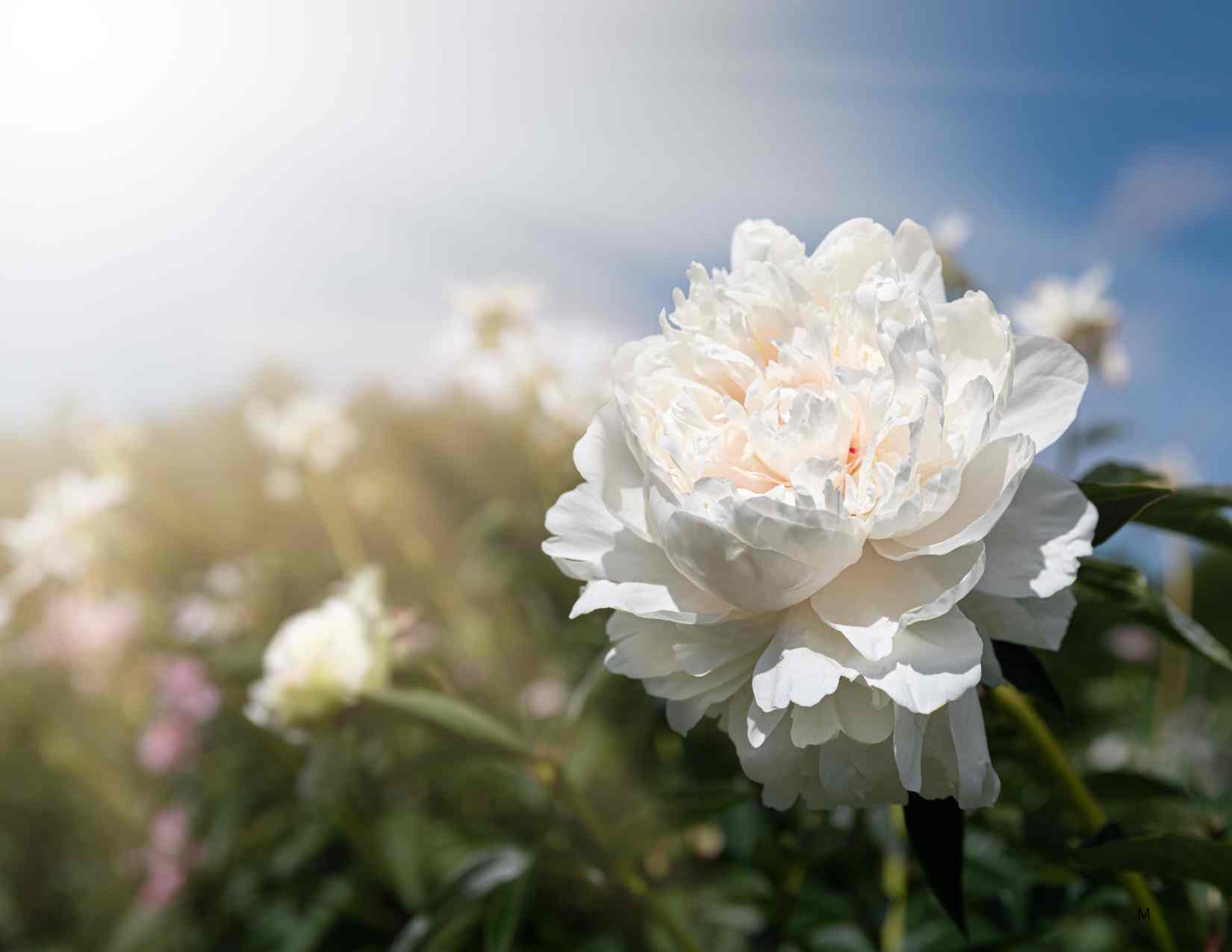
Peonies have captivated garden enthusiasts for centuries, with their stunning blooms and pleasing fragrance. However, these beloved flowers are often associated with temperate regions, leaving gardeners in hot climates wondering if they can successfully cultivate peonies in their location. In this blog, we will explore the fascinating world of peonies and uncover whether they can grace gardens in hotter climates. Read on to discover the secrets behind growing these luscious blooms in less-than-ideal conditions.
Peonies (Paeonia genus) both herbaceous and woody tree peonies originated in Asia, Itoh’s or intersection peonies are a hybrid of herbaceous and tree. While all peonies thrive in cooler climates. Known for their vibrant and large flowers, peonies have become wildly popular among gardeners worldwide, but their preference for temperate conditions has limited their range of cultivation, at least traditionally.
While peonies naturally prefer cooler regions, it is possible to create a suitable environment for these beauties even in hotter climates. Here are some key factors to consider when attempting to grow peonies in a warm environment:
When choosing peony varieties for hot climates, opt for those that are more heat-tolerant. Look for options like “Coral Charm,” “Kansas,” or “Bartzella” which have proven to withstand higher temperatures successfully.
Peonies require at least six hours of direct sunlight, but in hotter climates, partial shade during the hottest part of the day can be beneficial. Providing shade through structures like tall plants or light-colored fabric can help prevent excessively high soil and air temperatures around the peony plants.
Well-draining soil is crucial for peonies, regardless of the climate. In hot regions, it is essential to enhance soil drainage to prevent root rot caused by excessive moisture. Incorporating organic matter into the soil, such as compost or well-aged manure, can improve drainage, retain moisture, and provide necessary nutrients.
Hotter climates usually necessitate more frequent watering, but it is crucial not to overwater peonies. A good rule of thumb is to water deeply when the top few inches of soil are dry. Avoid overhead watering, as this can lead to diseases. Instead, use drip irrigation or soaker hoses to water at the base of the plant, preventing unnecessary foliage wetting.
A layer of organic mulch around the peony plant will help conserve moisture, regulate soil temperature, and suppress weed growth. Apply mulch up to two inches deep, keeping it a few inches away from the peony stems to prevent rot.
Peonies may prefer temperate climates, but with the right approach, they can thrive even in hotter regions. By choosing heat-tolerant varieties, providing optimal sun exposure, preparing the soil properly, implementing appropriate watering techniques, and using mulch, gardeners in hot climates can enjoy the beauty of these enchanting flowers in their very own gardens.
Though challenges may exist, the satisfaction of successfully cultivating peonies in hot climates is immensely rewarding. Take the advice provided in this blog and let the resilience of these stunning blossoms inspire your gardening journey, defying climatic limitations to showcase the exquisite beauty of peonies in the warmth of your own backyard.